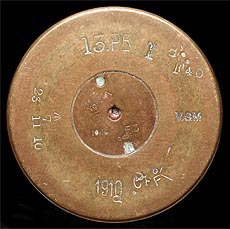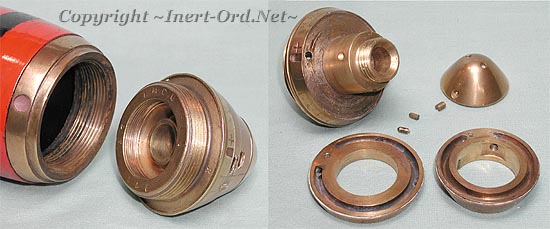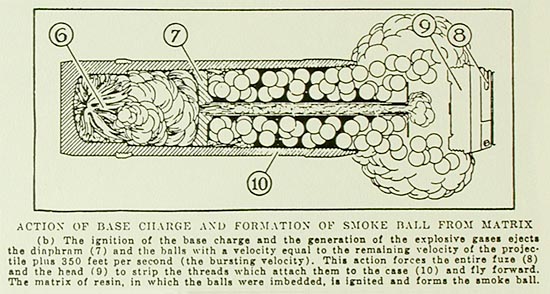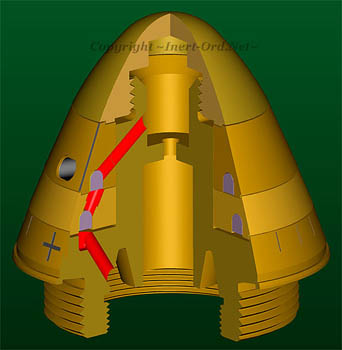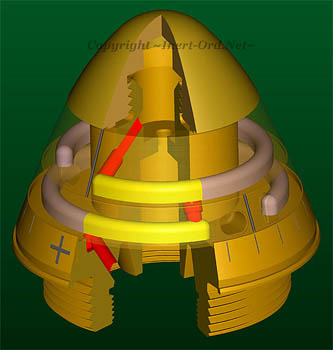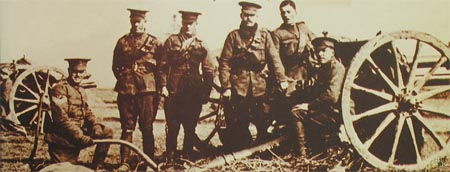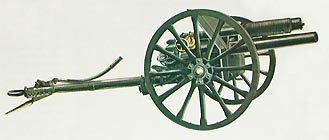
The QF 13Pdr. (Quick Fire 13 Pounder) could send a 12.5 lb shrapnel shell out to a range of 5900 yards. It was used up to the early years of the "Great War", when its short range became a problem and it was withdrawn from service.
The French were first to solve this problem in 1897 with a system which allowed the gun barrel to slide on a rail and transfer the recoil energy into an oil-filled piston, which then used that stored energy to push the barrel back into position. This allowed the gun carriage to remain stationary, allowing a much faster rate of fire. This design concept was universally adopted for field guns.

